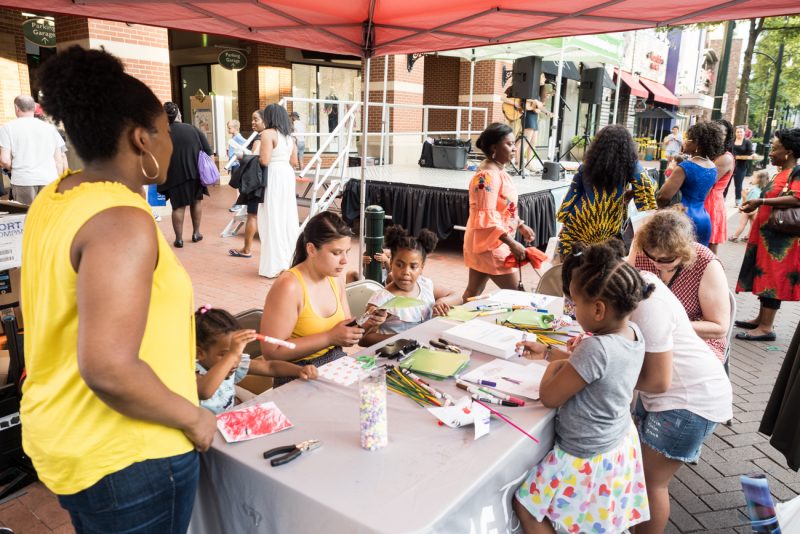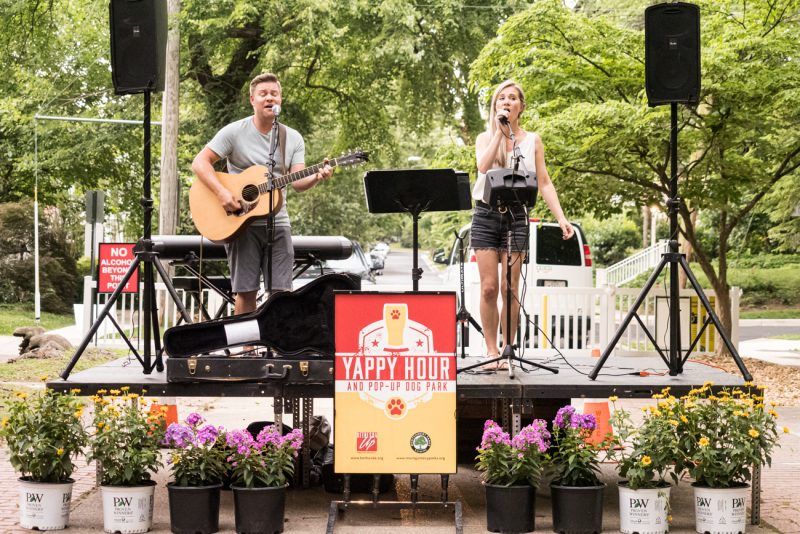What will People Still want from the Office and the Office District
Human Interaction & Companionship: It’s simple: People want to interact with other people. Prior to the pandemic, telework loneliness was real; not surprisingly, headlines linking telework and social isolation have only increased since COVID. Office space and office buildings that are isolated from attractive, inviting, walkable neighborhood with engaging public spaces will likely be less able to fulfill this desire. Unfortunately, as our 2015 Office Market Assessment documented, too many of Montgomery County’s office properties are single-use, automobile oriented parks that offer few amenities and that struggled to attract tenants before the Pandemic.
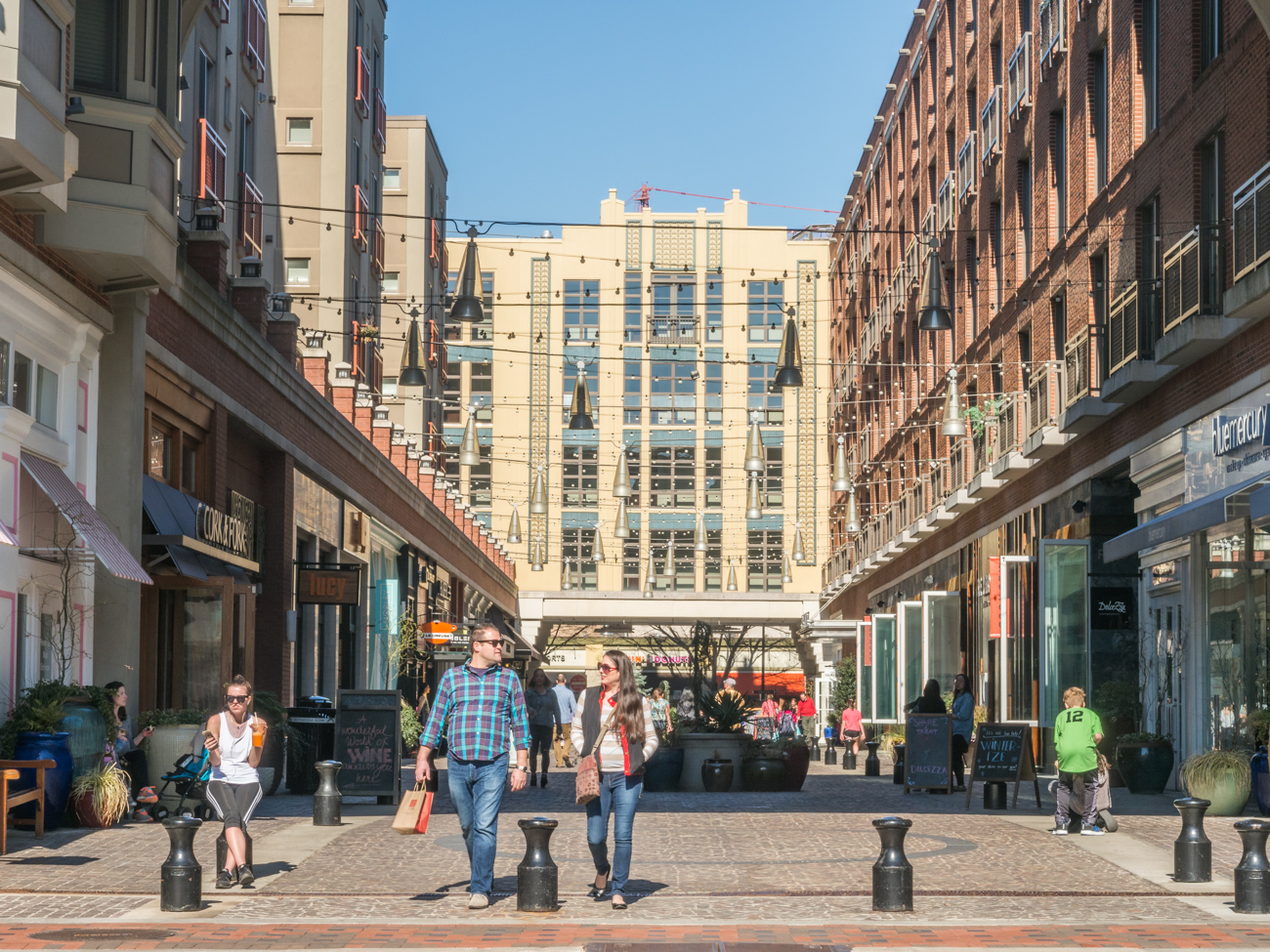
Bethesda Row
Experience: Office may undergo a similar transformation as occurred in the retail sector over the past decade. The internet’s disruption of brick and mortar retail resulted in retailers shifting focus to providing experiences that could only be had in person. Office spaces and office districts will need to justify their cost by providing activities and encounters unavailable at home.
Productivity: The slides, beanbag chairs, and arcade games shown on websites of the best offices are iconic but excessively hyped. Many employees want a place where they can concentrate and be productive. Office spaces and office districts of the future should avoid gimmickry and instead emphasize diverse types of spaces that support the different ways we work. For employers, an office must support collaboration, recruitment, and training that justifies its cost, which means having a space within a neighborhood that employees desire to leave home to visit.
Different Types of Office Districts Satisfy These Needs
Successful office districts are not necessarily urban; a variety of office types satisfy the above desires, including some that are highly suburban and require a vehicle to get there.
Downtowns: The most central business districts often naturally satisfy the desire for human interaction and experience by providing a mix of different uses that are active at different hours. Where office buildings generate a midday crowd, residential buildings create energy in the evening, arts and entertainment attract nighttime crowds, and retail maintains weekend activity. Attractive public spaces with regular events create human interaction. The most successful districts with the right mix of uses and public spaces anchor the so-called 24-hour or 18-hour cities and by attracting talent are highly attractive to employers. Not all downtowns do this well. When office space dominates an area and there are few other uses, activity drops off sharply after 5 p.m. and on weekends creating the feeling that the area is ‘dead’.
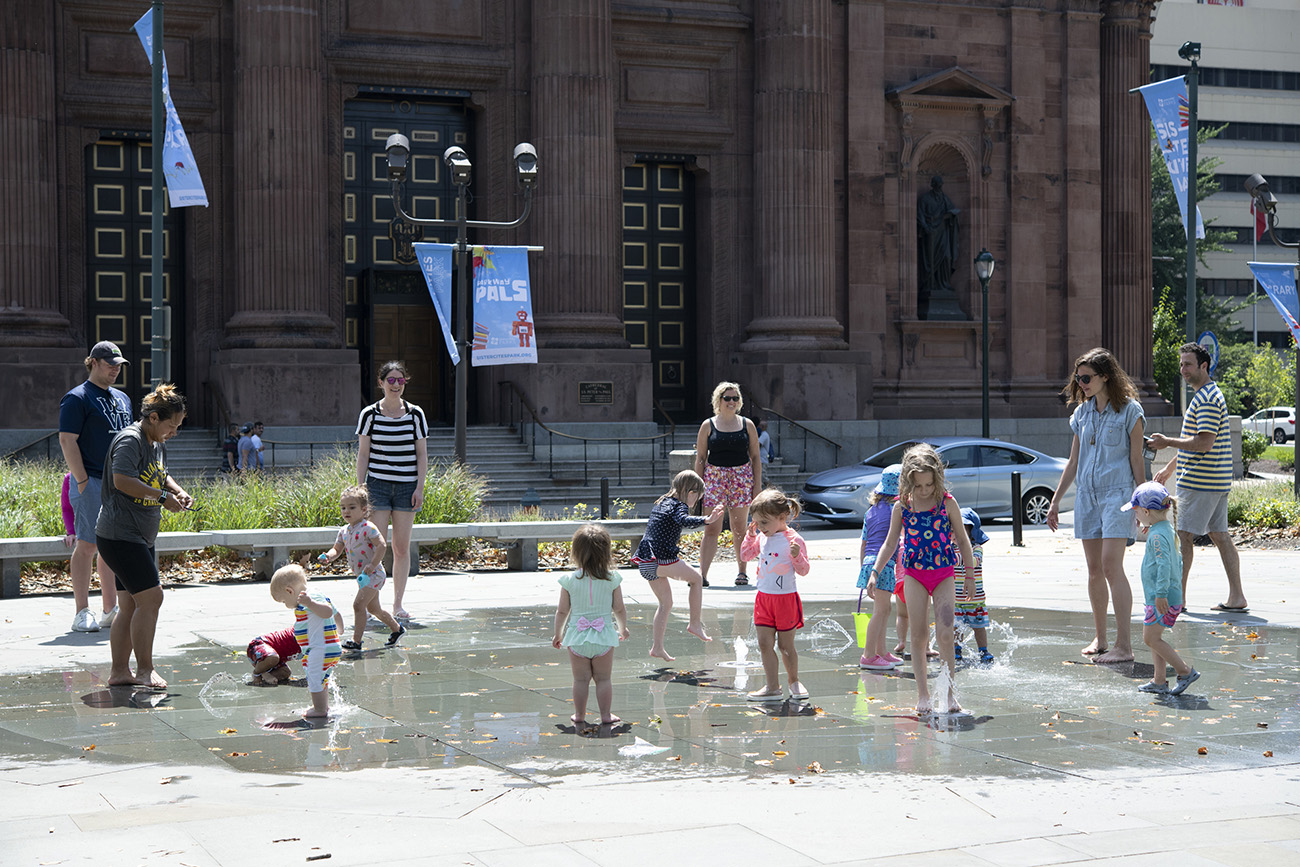
Families playing in water fountains in downtown Philadelphia
Innovation Districts: Many cities are experimenting with innovation districts, which are neighborhoods often outside the traditional downtown that governments or other organizations manage and promote to attract high-value industries. Examples include Cortex in St. Louis and Kendall Square in Boston. A large part of their attraction is the way in which the organization that manages and markets the district fosters interaction among firms and workers and purposefully activates and programs public spaces.
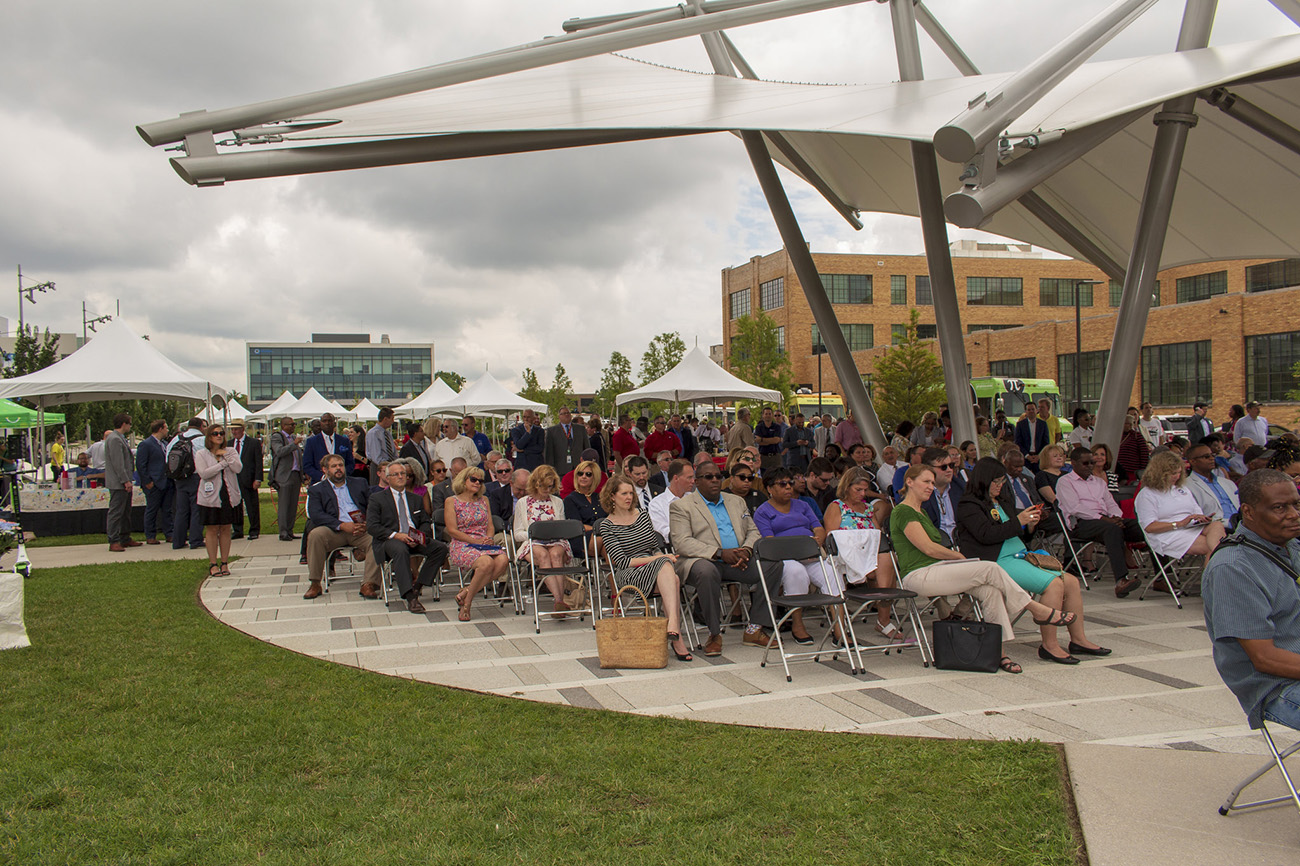
Outdoor event at Cortext in St. Louis. Photo by Darlene Green
Campus Settings: The city-like headquarters of prominent tech companies like Apple and Facebook aim to enhance collaboration and interaction within an enclosed campus. Through building design, open spaces, and on-site cafeterias/restaurants, services, and entertainment , the campus-like atmosphere can mimic what a downtown provides while also increasing access to natural settings like woods and nature paths.
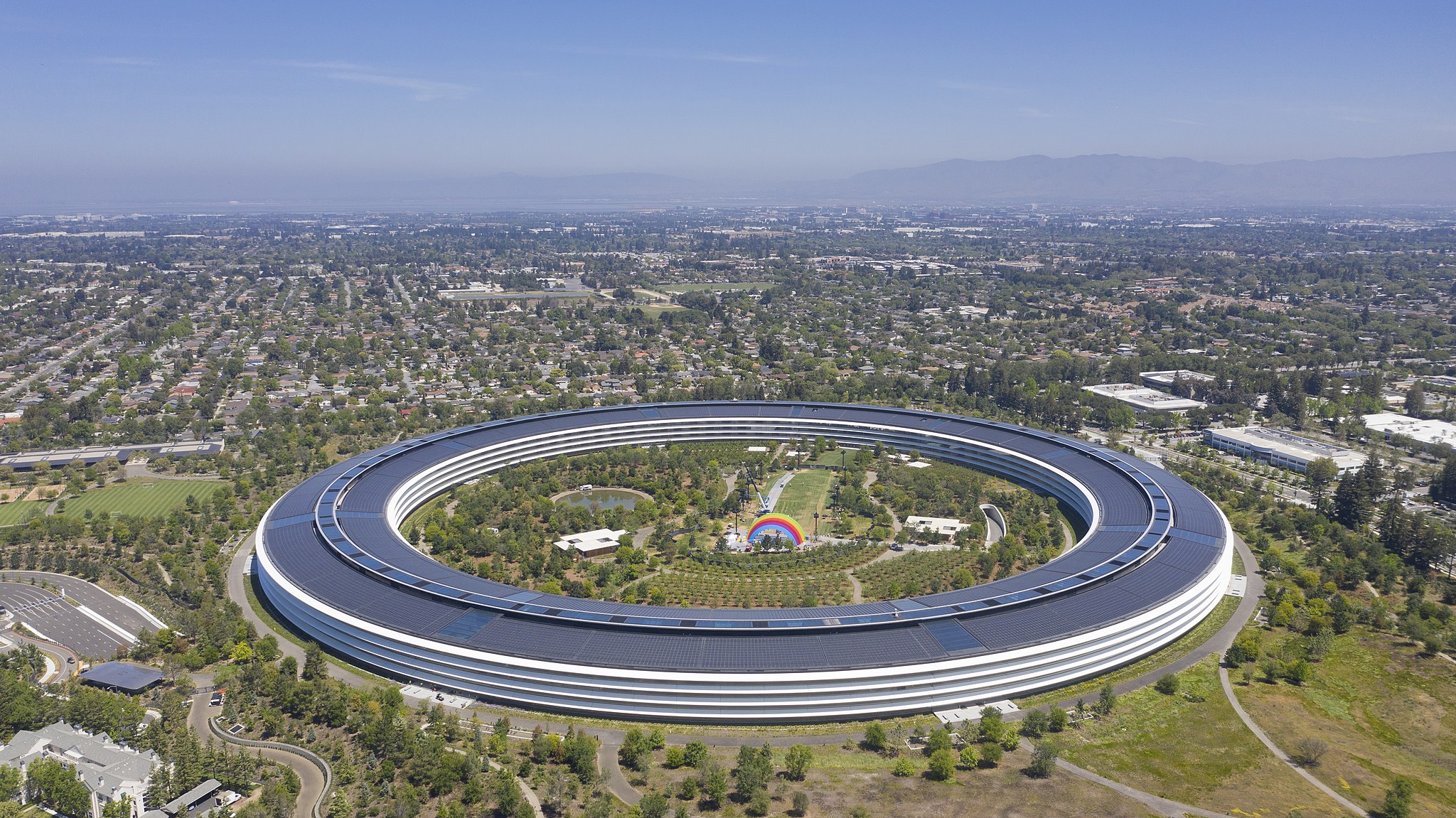
Apple Headquarters, Cupertino, CA. Photo by Arne Müseler / www.arne-mueseler.com, CC BY-SA 3.0 DE, via Wikimedia Commons
Activated Suburban Settings: While there are fewer examples, automobile-oriented suburban office parks can become activated and attractive office districts. The Frontier is an obsolete office building that Research Triangle Park in Raleigh-Durham converted into an innovation and experimentation-oriented building and hired a management team to program and activate it. The team manages a workspace on the ground floor that is free and open to the public, creates events within the building and in the parking lot, and curates the firms invited to lease office space in the building. The result of this intensive intervention is the transformation of a bland, non-descript building with no amenities or neighborhood around it into one of the most interesting and demanded office spaces in the region.
Common Themes: Intentional Activation, Organizational Capacity, & Resources
Despite the obvious differences in physical form, there is a common theme between these attractive and competitive office district typologies: in each there is an intentional focus on activation, an entity tasked with that responsibility, and resources devoted to that purpose. Few of Montgomery County’s office districts have their own team dedicated to placemaking and activation, an absence that unaddressed may hinder efforts to make our office districts vibrant, attractive places and by extension hamper our ability to attract jobs.
Within downtown settings where property ownership is dispersed, this entity is often a business improvement district (BID), an organization that receives funds from an additional tax and manages maintenance, promotion, and activation. BIDs are not common in Maryland, but state legislation from 2017 eased the hurdles to establishing BIDs in Montgomery County. Within Montgomery County there are urban districts for Bethesda, Silver Spring, and Wheaton, and the three regional service centers. Innovation districts are almost always run by an operating entity, while the single-company campuses and office park examples are intensively managed by their respective property owners. As a cross between downtown and the single-owner office park, large property owners of developments like Pike & Rose activate their own ‘neighborhood’ with events in a quasi-public open space.
A Need to Prioritize Investments and Partner with the Private Sector
Montgomery County’s office properties are spread across numerous sub-markets. It is impossible for the county government to devote sufficient resources to creating entities and activating every single office zone. This means that Montgomery County will need to prioritize and direct the limited funds we have available for placemaking and activation towards select geographies. Due to the many demands on and limited amount of public funds, this further implies that property owners themselves should take a leading role, creating and investing in entities that do placemaking and activation. Having property owners set up collective entities and agree to invest additional resources might be key a metric to guide where Montgomery County should allocate tax revenues specifically dedicated to office-district placemaking and activation.
Opportunities Within a Challenging Outlook for Montgomery County’s Office Market
This blog series contain challenging implications for Montgomery County, particularly about the need to invest further to maintain the competitive position of our office markets. Real estate is Montgomery County’s largest source of funds and there are numerous priorities and demands on the budget, so it is rightfully difficult for the County to return those funds by investing in real estate/placemaking. However, as office users have ever more choice about where they locate and how much office space they occupy, we as a county must take steps to ensure our high-quality neighborhoods are attractive to talent. While this may appear to be an obstacle that requires resources, it is also an opportunity: Investment in placemaking and activation generates significant rewards in improving the quality of life for Montgomery County residents and facilitating human interaction, something most of us will crave in the coming years.

